A few years ago the managers of the university I work for decided that the Creative Arts department, which taught a number of photography subjects, was insufficiently profitable and they disestablished it. The lecturers were sacked and the subjects removed from the institution’s offerings. The Creative Arts group had acquired, over the years, a large collection of high-end photographic equipment. University management decided it wasn’t worth their precious time to sell it off on the second-hand market. Instead they chose to send the lot to the tip. Before doing so they moved it all to a couple of demountable buildings on the edge of campus.
The second-hand value of all the gear would have been well north of AUD$200,000 (US$130,000). It included two Hasselblad C/M bodies, A12 backs and several Carl Zeiss lenses, many perfectly serviceable digital SLRs and lenses, dozens of Manfrotto and Miller tripods (many with expensive fluid heads), dozens of Imac computers (out of warranty), many high-quality light meters, hand-held voice recorders, Rode microphones, waterproof carry cases, lots of studio lighting gear, stands, backdrops, etc, etc. A staff member close to the decision-making process who was unimpressed by all this waste tipped off a colleague, who in turn informed me, and we obtained permission to salvage some of it. Mind you, management made sure we understood that, despite the fact that all this stuff was literally going to become landfill, whatever my colleague and I salvaged remained the property of the university, and a junior staff member was sent along with us to record the serial numbers of everything we chose to rescue.
To cut a long story short, among the treasures I retrieved from all that gear destined for the rubbish dump was a Rodenstock Apo-Sironar Digital 70mm F5.6 lens with a Copal 0 shutter. This is a lens made for a digital medium format ‘technical’ camera system (e.g. Alpa, Arca Swiss or Cambo with Phase One or Leaf digital backs), though the actual camera was not present among the stuff being thrown out. After cleaning it up (it had fingerprints on the front element but thankfully no scratches, fungus or other damage) I did some research on the lens and realised it might be possible to adapt it to a 6x9cm film body, since it has an image circle of around 100mm. Note that the sensors in the digital backs the lens is designed to be used on are typically only 53.4 x 40mm in dimensions.
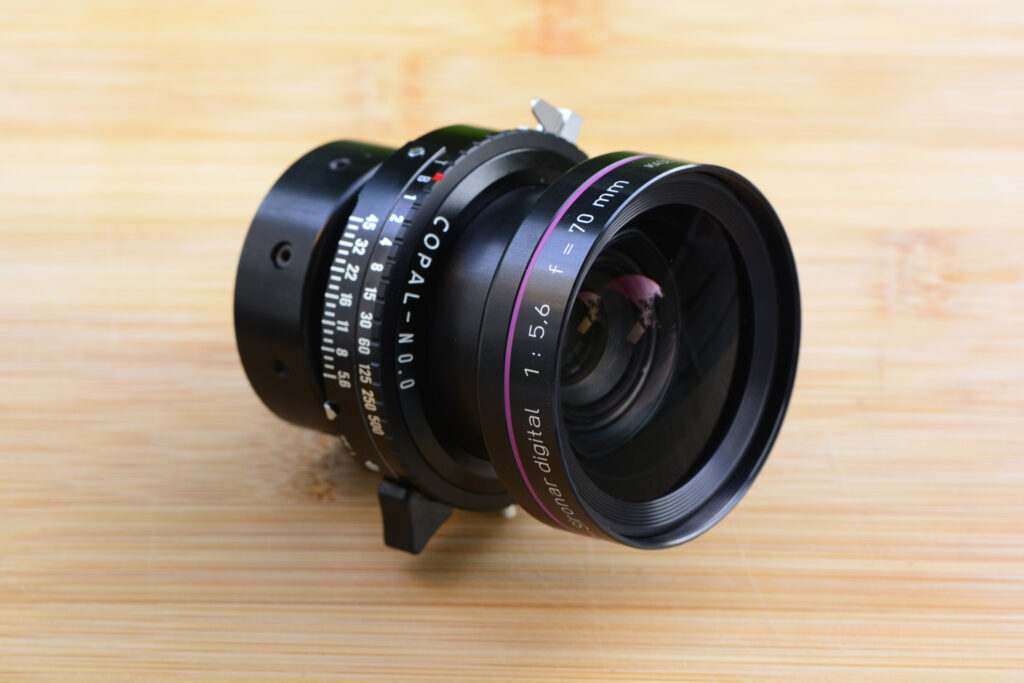
This is a super sharp and optically almost flawless lens. At F8 it will most likely out-resolve any ‘normal’ film I use it with (maybe not Adox CMS20II, though this is not available in 120 at present). There is actually very little information available online about this particular lens, though there is some published data about its successor, the Rodenstock HR Digaron-W 70mm F5.6, which can be found on page 19 of this document. According to some commentators, they are identical lenses apart from name and the colour of the band on the front casing of the lens.
Having read about Chroma cameras on 35mmc I sent Steve Lloyd the specs of the lens and he said he could 3D print me a lens cone for the lens and supply a suitable focussing helicoid to use it with his Chroma ‘Six:9’ platform. I am really impressed with the Chroma system. These are 3D-printed cameras that can be tailored to specific lenses. Most importantly, they come in a range of colours! One of the coolest aspects of the system is its modularity. Steve supplies a piece of ground glass that is mounted in a 3D-printed frame, which can be inserted into the camera in perfect alignment with the film plane to allow you to calibrate the focus manually. So I have marked infinity, 5m, 3m, 2m, 1.5m, 1m, 0.7m and 0.6m on my helicoid, using the ground glass and a tape measure.
So far I have shot four rolls with this lens and camera combination and it is performing beautifully. The centre of the 6×9 frame is sharp at F5.6 but not the edges. By F8.5 the entire frame is razor sharp. The Chroma camera back has a red window for advancing the film using the numbers on the backing paper. The field of view of this lens with a 6×9 frame is close enough to 28mm in 35mm format that I can use any 28mm top-mounted viewfinder with it. You obviously can’t focus it accurately up close unless you physically measure out the distance between the subject and the film plane (which I have done for at least one photo, and it worked fine)
Since I already own the awesome Fujica GL690 camera system including the Fujinon SW 65mm F5.6 my Rodenstock and Chroma system is effectively redundant, but the Rodenstock/Chroma kit weighs just 863g (with film, viewfinder, filter and lens cap) while the Fuji with 65mmm lens weighs over a kilogram more at 2006g (with film, viewfinder, filter, cap and strap).
Below are some of the images the Rodenstock and Chroma ‘Six:9’ have produced for me so far. All development was done at home in a small tank, and negs and transparencies scanned with a Nikon Coolscan LS9000. These images were made on the unceded lands of the Yirrganydji, Kuku Yalinji, Muluridji, Tjapuki, Babaram, Yidinji, Wulgurukaba and Bindal peoples in North Queensland, Australia.

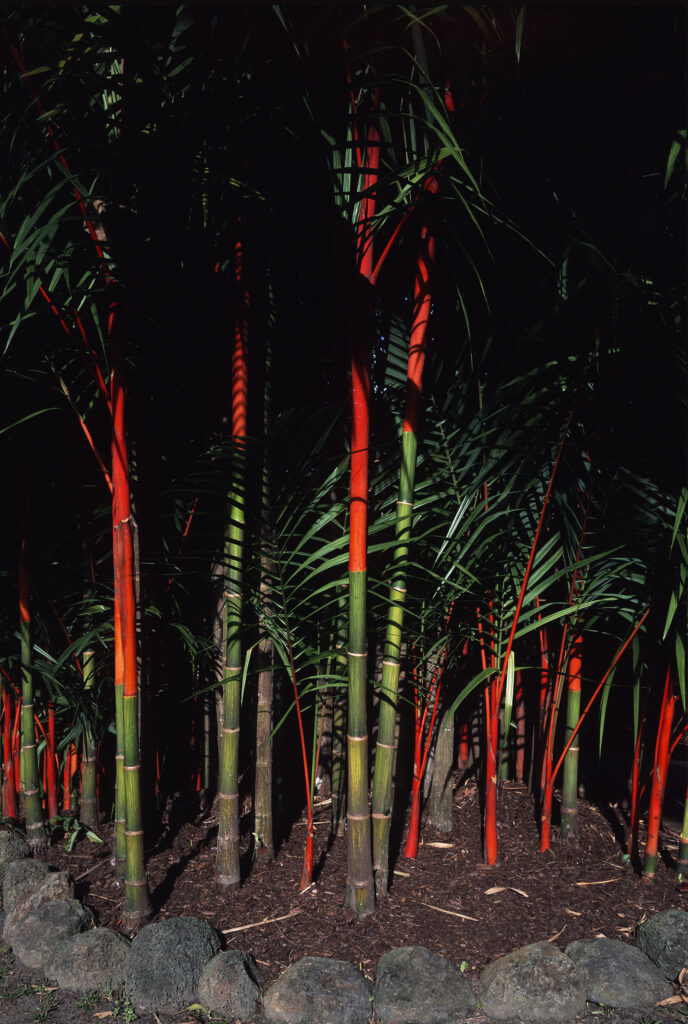
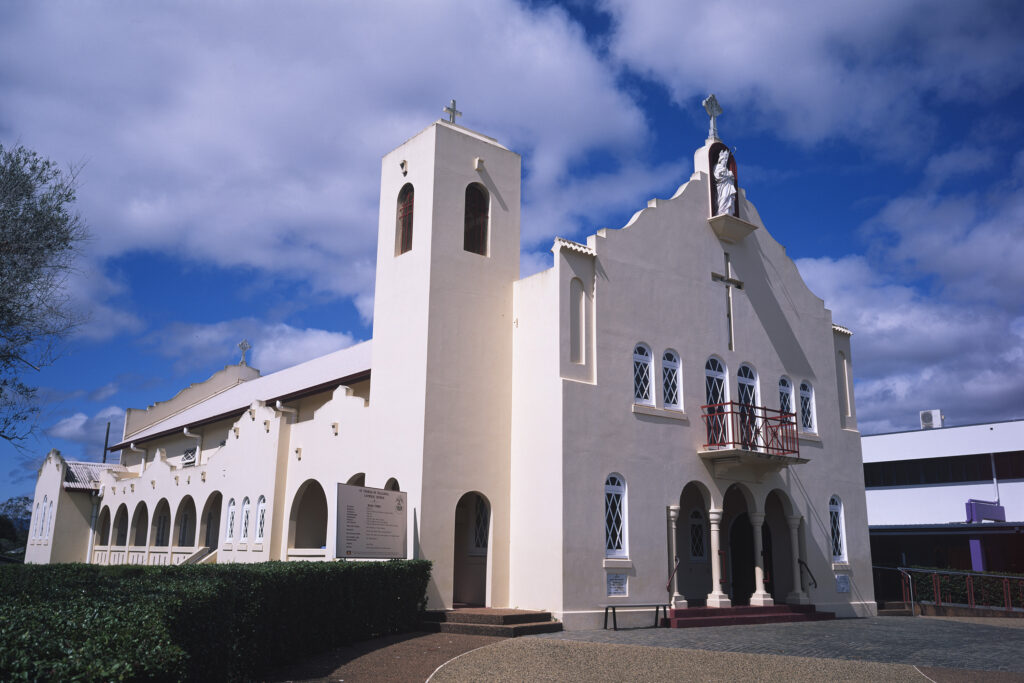
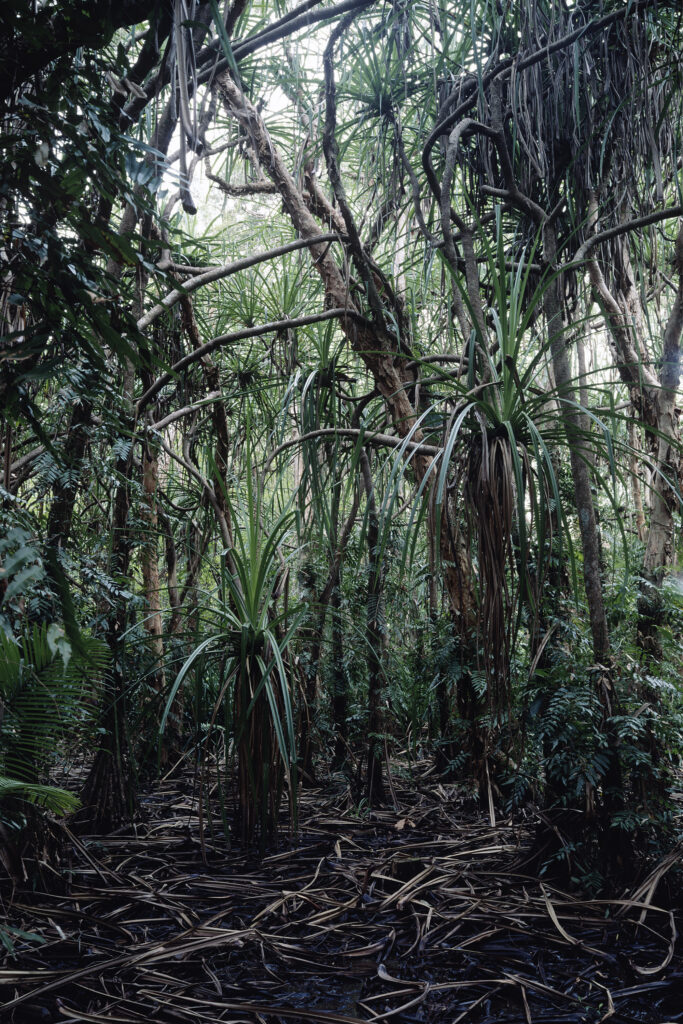
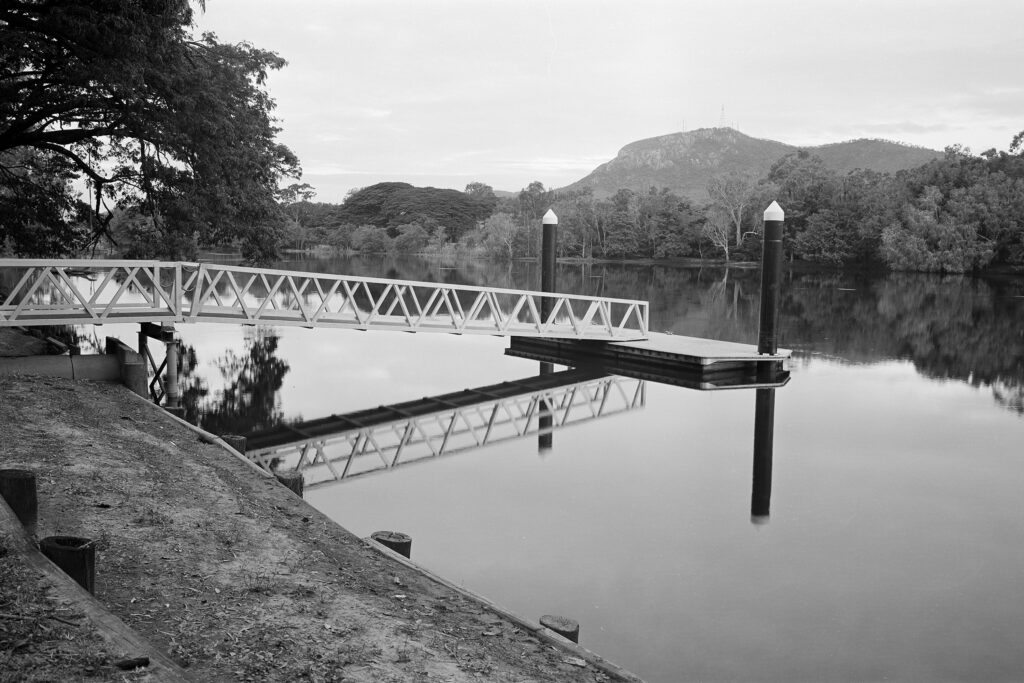
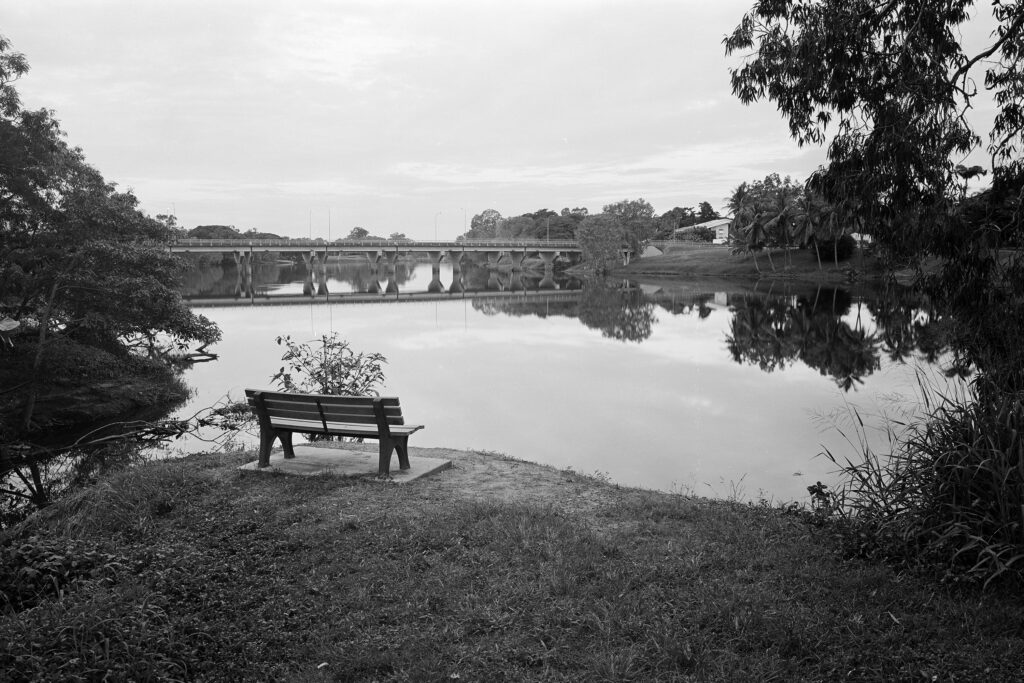
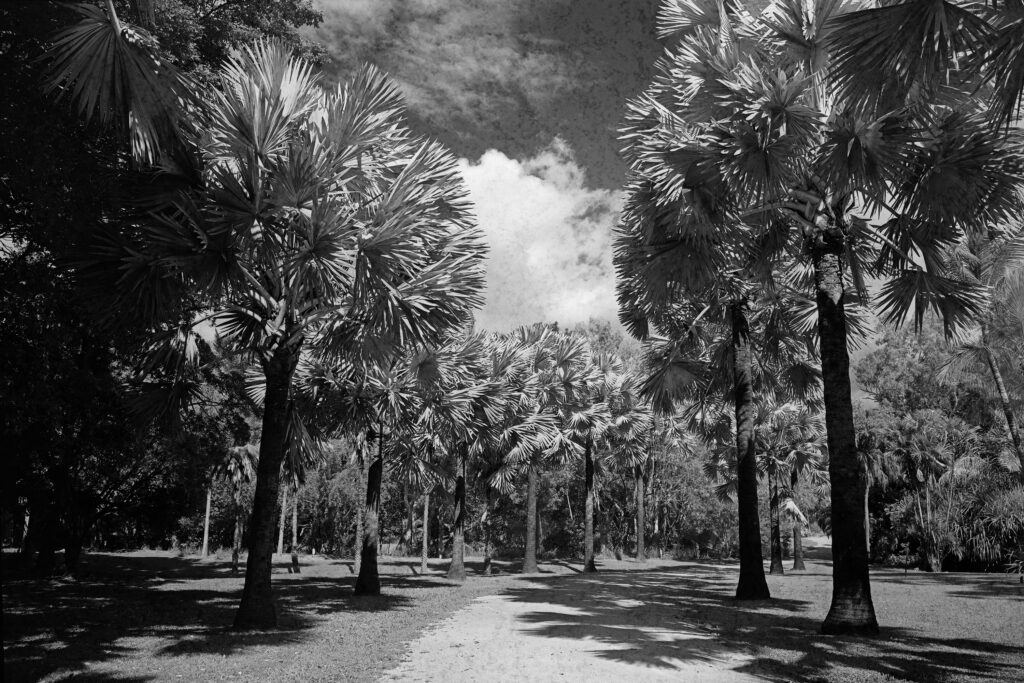
Despite declaring that I had given up on this film in 120 format in a previous post on 35mmc I thought I would try it one more time and use it as soon as possible after purchase without putting it in the freezer, in case that was causing the problem with the backing paper marks. I guess I was wrong, and I still don’t understand why some photographers have been able to use this stuff without encountering this issue.
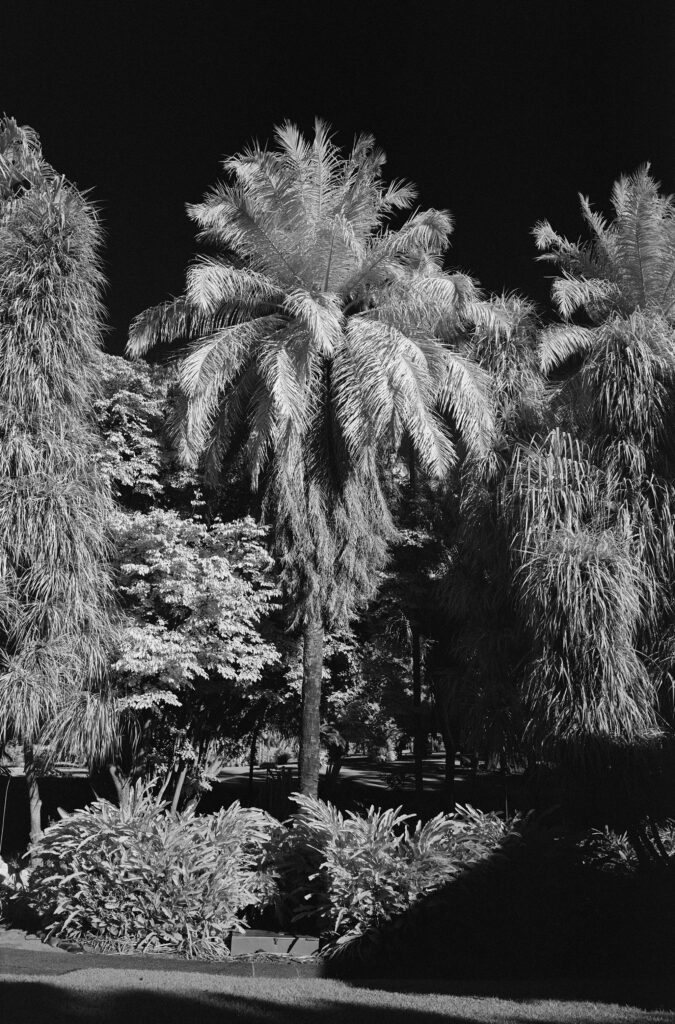
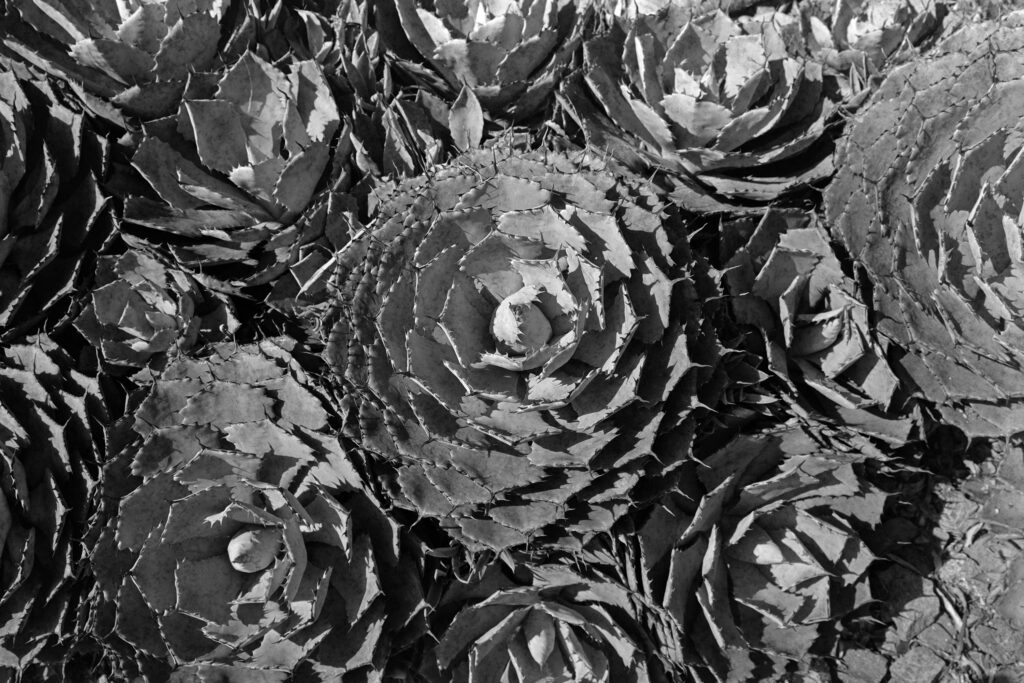
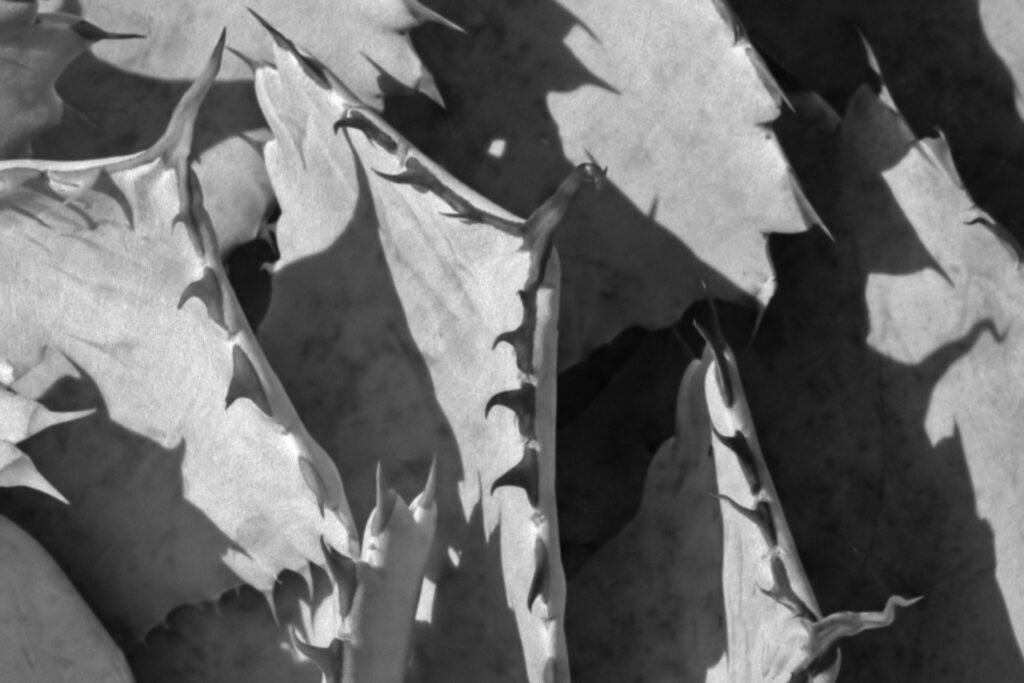
Thanks for reading. If anyone knows a source of Aviphot Pan 80 in 120 other than from Maco please let me know. Adox were supposed to be producing HR-50 in 120 but I don’t see any evidence of that at the moment.
Share this post:
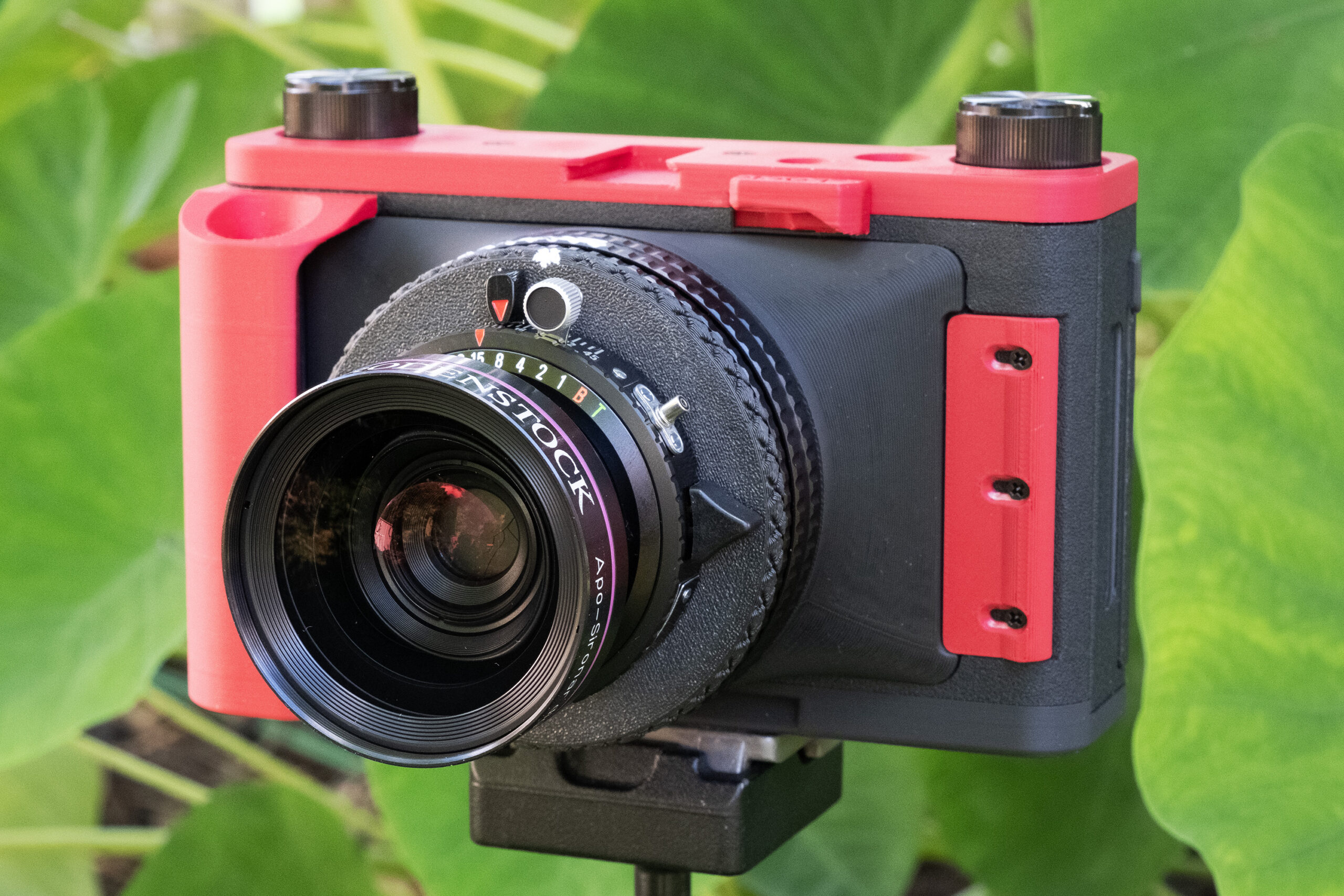

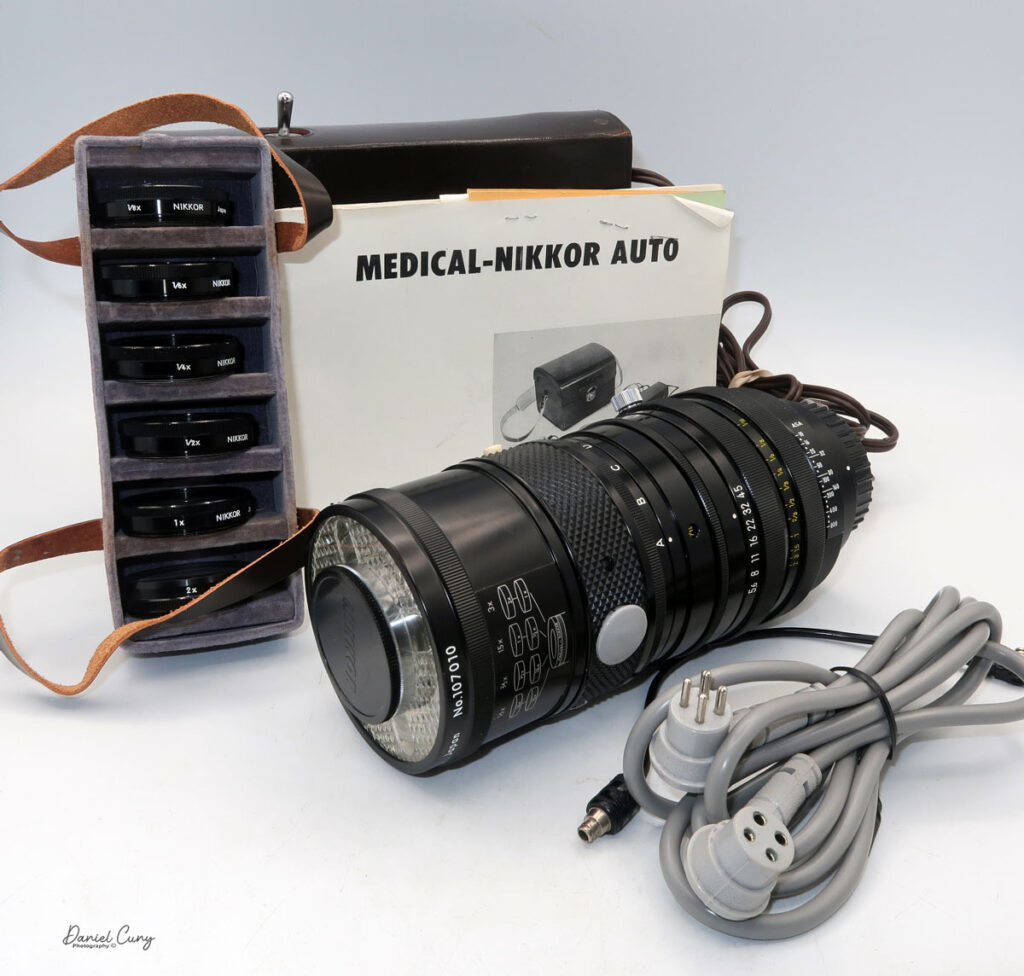

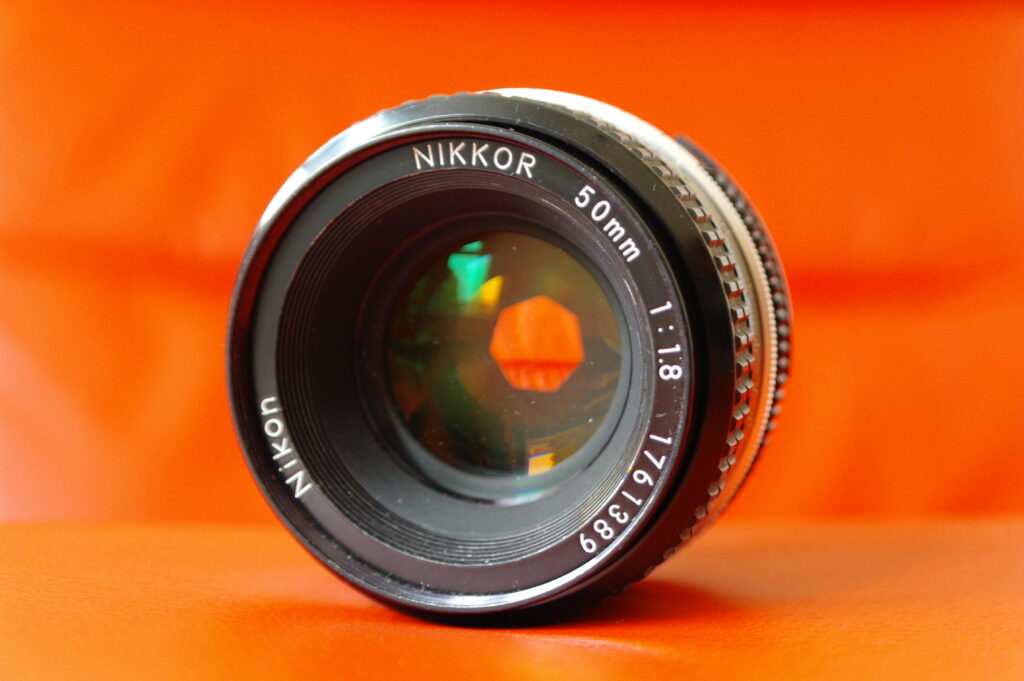
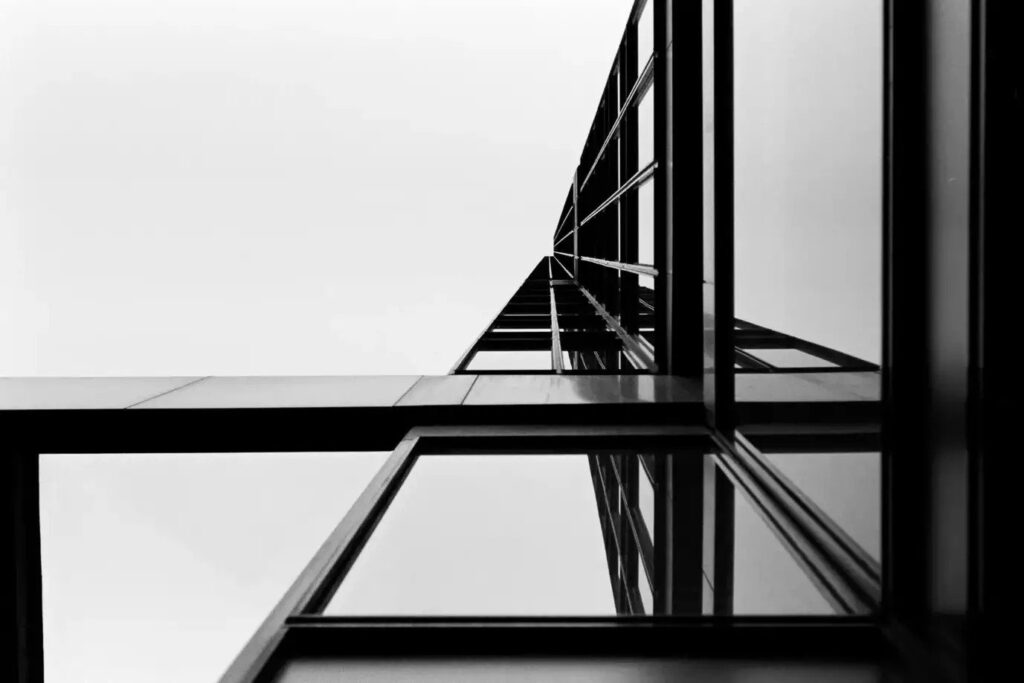


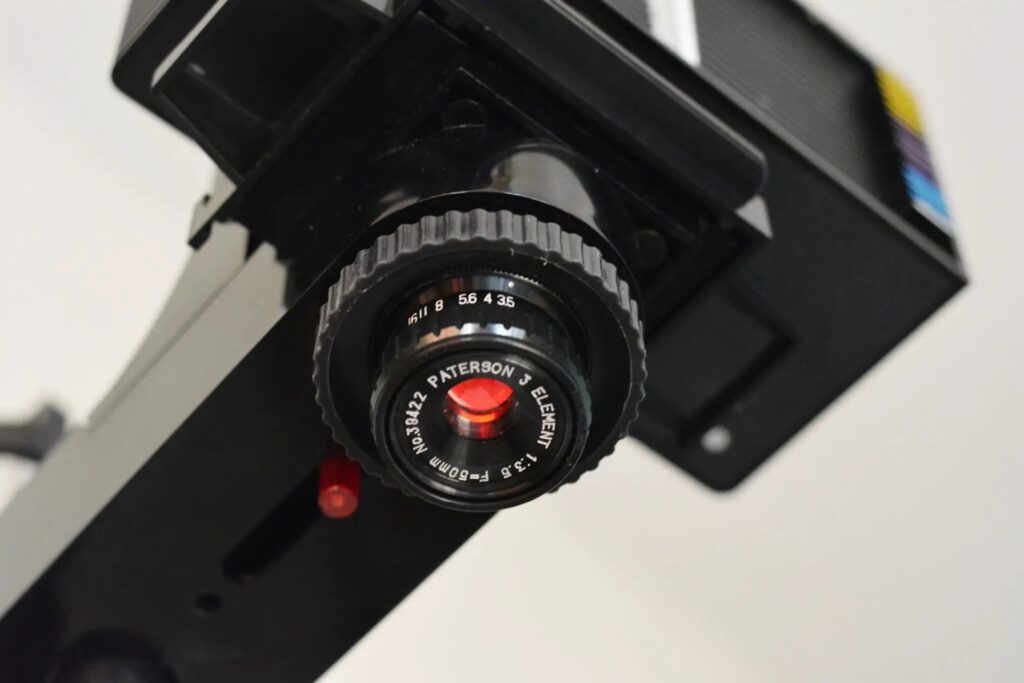
Comments
Timothy Hancock on Rodenstock Apo-Sironar Digital 70mm F5.6 – Adapting a digital medium format lens to film
Comment posted: 06/08/2025
Comment posted: 06/08/2025
Geoff Chaplin on Rodenstock Apo-Sironar Digital 70mm F5.6 – Adapting a digital medium format lens to film
Comment posted: 06/08/2025
Luck you on your "rubbish tip" find. Some of the modern LF lenses are fabulous.
Comment posted: 06/08/2025
Art Meripol on Rodenstock Apo-Sironar Digital 70mm F5.6 – Adapting a digital medium format lens to film
Comment posted: 06/08/2025
Comment posted: 06/08/2025
Comment posted: 06/08/2025
Gary Smith on Rodenstock Apo-Sironar Digital 70mm F5.6 – Adapting a digital medium format lens to film
Comment posted: 06/08/2025
Thanks for saving that lens.
Has the university asked for its return yet?
Comment posted: 06/08/2025
Tony Warren on Rodenstock Apo-Sironar Digital 70mm F5.6 – Adapting a digital medium format lens to film
Comment posted: 07/08/2025
And these images are seriously sharp. Impressive.
Comment posted: 07/08/2025